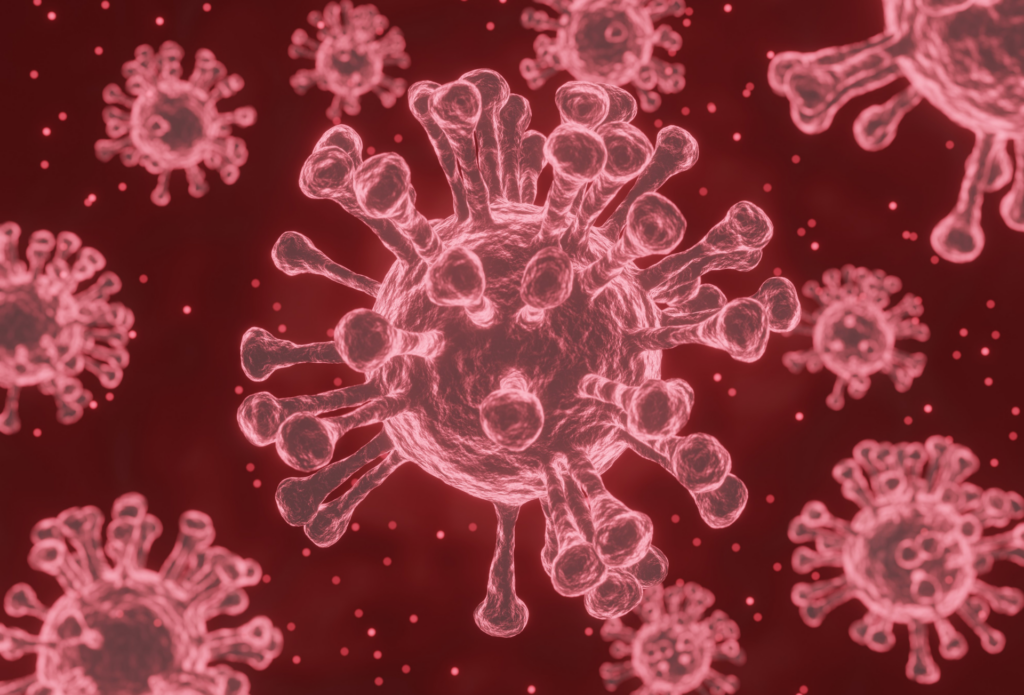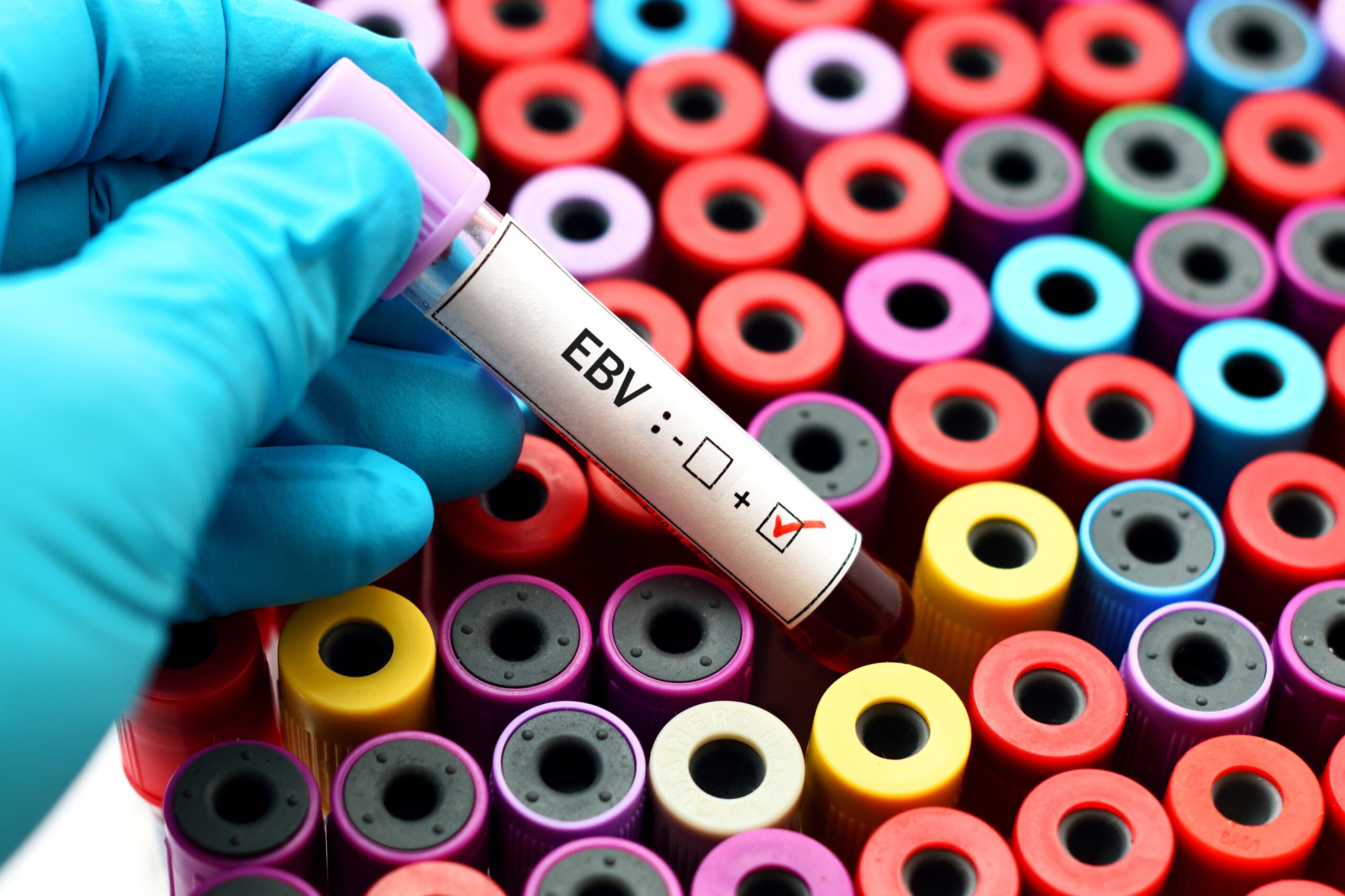By Dr. Wally Taylor
In my last blog post, Part 1 of this series, I introduced the concept of stealth infection as a cause of chronic disease. I explained that many persistent illnesses with many different symptoms-diseases like autoimmune disease, diabetes, thyroid disorder, adrenal fatigue, heart disease, and even cancer- may in fact be manifestations of the presence of harmful microscopic organisms called pathogens within the body. Since stealth germs are often very difficult to identify and recover in the body, the concept of stealth infection has been underappreciated by many health care providers. I explained how diseases such as HIV/AIDS, chronic viral hepatitis, chronic neuroborreliosis (Lyme Disease) and others are explained by this phenomenon. I discussed how symptoms like chronic fatigue, chronic pain, arthritis, depression, brain fog, irritable bowel are common symptoms associated with stealth infections.
In Part 2 I will dive a little deeper into this subject and attempt to answer some common questions about stealth infection.
Why are stealth infections sometimes difficult to diagnose?
The answer to this question requires a brief explanation of how infection is generally diagnosed. Infection is first suspected clinically based on symptoms and signs that the patient exhibits. Often symptoms of infection are caused by the immune system’s response to infection that is sometimes referred to as inflammation. If the immune system does not recognize or respond to infection, symptoms of disease are often absent or diminished. This may not be a good thing since the pathogen proceeds unchecked. When there are symptoms of inflammation-classically fever or warmth, local or generalized pain, swelling or induration, and redness-infection is likely at fault. Infection may be diagnosed by growing the pathogen in appropriate culture conditions from a specimen (urine, blood, sputum, etc.) of the sick person. In the case of a Strep throat or a bacterial urinary tract infection, this is straightforward. In many other infectious diseases it is very difficult if not impossible to culture the disease-causing germ. Viruses are especially resistant to culture.
Infection is sometimes diagnosed by seeing the pathogen usually under a microscope since they are very tiny. Again this can be routine as when the germ-causing tuberculosis is seen under the microscope in a sample of a sick patient’s sputum. Many germs that cause stealth infection are difficult to see. Viruses because they are extremely tiny are not typically seen under the light microscope but may be seen under an electron microscope. Many germs that cause stealth infection have adapted the ability to enter our human cells and may be more difficult to see even under the microscope. Special staining techniques can assist in seeing these pathogens within cells. Stealth germs may reside in nests of sticky material known as biofilms and not be readily visible. When stealth germs are present in specimens in small numbers, which is often the case, they may be overlooked with microscopic visualization techniques. Techniques are sometimes employed to try to increase the numbers of pathogens in a specimen using tricks to concentrate their numbers in order to make it more likely that they may be seen.
What are some of the tests used to diagnose stealth infection?
Very commonly infection is inferred by indirect tests that depend on measuring factors from the patient that are specific for infection. These tests are sometimes referred to as serologic tests (present in the patient’s serum/blood) or antibody titer tests. Often, but not always, when a stealth pathogen is present it will trigger the immune system to form antibodies which are proteins produced by specialized cells of the immune system. Of course this requires that the patient’s immune system is capable of making enough antibody to measure. Sometimes the amount of antibody is measured at the onset of suspected infection and again later to see if the quantity of antibody rises (acute and convalescent titers).
Are some germs that cause stealth infection able to defeat our immune system?
Some stealth pathogens have developed the capability of preventing the patient’s immune system from making antibodies that would normally assist in the control or elimination of the disease. These stealth pathogens have “learned” to become immune system disruptors in order to give them a survival advantage in evading immune system attempts to control or eliminate them. Some stealth pathogens make enzymes that break down or digest elements of our immune systems rendering it ineffective in combating disease. In other cases, antibodies that are produced by the body may not be specific for the germ that is causing the stealth infection and the infection may be wrongly diagnosed. These types of antibodies are said to be cross-reactive.
More recently molecular diagnostic techniques are emerging that attempt to identify molecules within the patient that are unique to a specific stealth infection-causing germ. Often the DNA or RNA molecules of the stealth pathogen are the targets for this type of testing which sometimes goes by the name PCR testing. DNA and RNA, of course, are the unique instruction-containing “molecules of life” that differentiate one living being from another. They are “fingerprints” so to speak that identify each creature. Testing techniques that attempt to identify the DNA or RNA of a stealth pathogen are rapidly being developed. One drawback is that there must be enough DNA or RNA to pass the threshold of detection within the specimen being evaluated. The exact sequence or makeup of the DNA or RNA of the stealth germ must have been previously determined in order to diagnose a specific infection much in the same way that to catch a criminal with a fingerprint, the fingerprint of that criminal must have been determined previously. Even though the DNA or RNA of a specific stealth germ is identified in a patient’s specimen, there is no guarantee that the presence of the germ in question is directly causing the patient’s chronic disease.
Later we will explore how stealth germs actually cause disease once they enter the body.
About Wally Taylor MD
Wally Taylor MD
Dr. Taylor practices integrative medicine at Forum Health Austin in Austin, Texas. After obtaining a general medical doctorate degree from the University of Texas Southwestern Medical School in Dallas he completed a general medical internship and residency training in head and neck surgery ENT and allergy. After 20 years of service in the US Army Medical Corps and practice in Colorado and Texas, he founded Texas Integrative Forum Health Austin where he now offers a functional holistic approach to disease which treats the entire individual instead of each separate symptom. He has found more satisfying results using this Systems BioIndividualized approach.
His motto is “Health and Wellness from Head to Toe”.









